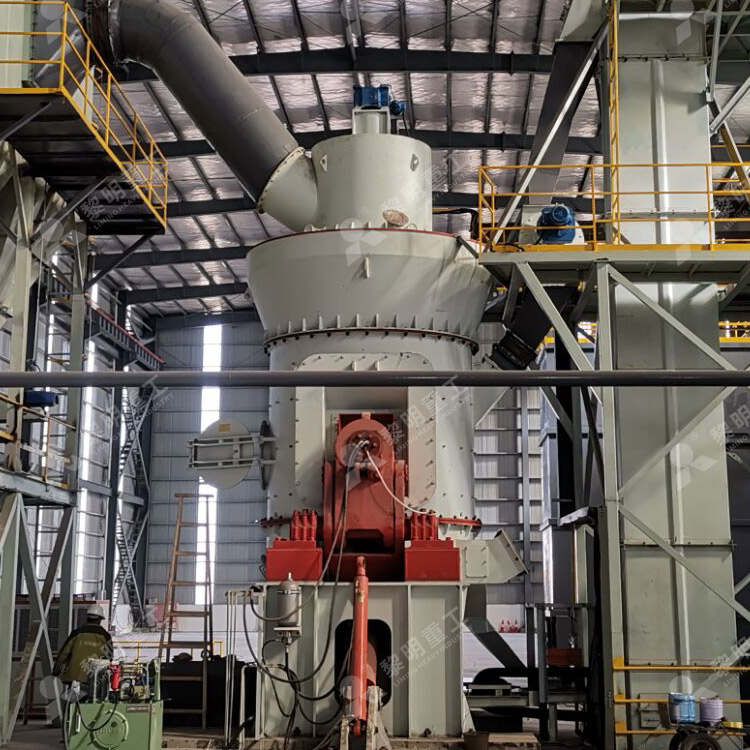LIMING Optimizing Anthracite Coal Mill Output: Key Technologies and Solutions
Anthracite coal, known for its high carbon content and low volatile matter, presents unique challenges in grinding operations. Maximizing vertical roller mill output while maintaining product quality requires careful consideration of equipment selection, process parameters, and operational practices. This article explores critical factors influencing production capacity and provides optimization strategies for industrial applications.
Key Factors Affecting Anthracite Mill Output

Material Characteristics
Hardness (typically 2-3 Mohs) and low moisture content (<8%) affect grindability
High fixed carbon content (86-98%) reduces mill throughput by 15-20% compared to bituminous coal
Mill Selection & Configuration
Vertical roller mills (VRM) preferred for capacities above 50 t/h
Optimal grinding pressure: 10-12 MPa for anthracite
Dynamic classifiers maintain 80-90% <75μm particle size
Operational Parameters
Feed size control: <50mm for efficient grinding
Mill outlet temperature: 90-110°C to prevent moisture condensation
Vibration levels should remain below 4.5 mm/s
Optimization Strategies
Pre-drying System: Reduces moisture by 3-5%, increasing throughput 8-12%
Wear Protection: Hardfaced grinding rollers extend service life by 30-40%
Intelligent Control: AI-based mill load monitoring improves stability
FAQ
Q1: What's the typical output range for anthracite grinding?
A: VRMs achieve 30-120 t/h depending on size; ball mills typically 15-50 t/h
Q2: How does anthracite compare to bituminous coal in grinding energy consumption?
A: Anthracite requires 20-30% more kWh/t due to higher hardness
Q3: What maintenance frequency is recommended?
A: Roller inspections every 800-1,000 hours; full overhaul at 15,000-20,000 hours
Q4: How to handle high silica content in anthracite?
A: Install ceramic-lined components and maintain <12% SiO₂ in feed
Q5: Best practices for seasonal operation?
A: Increase mill temp by 5-10°C in humid conditions; monitor baghouse dew point
Conclusion: Proper mill selection, wear management, and process control can optimize anthracite grinding productivity while minimizing energy use. Regular performance audits are recommended to maintain peak efficiency.





